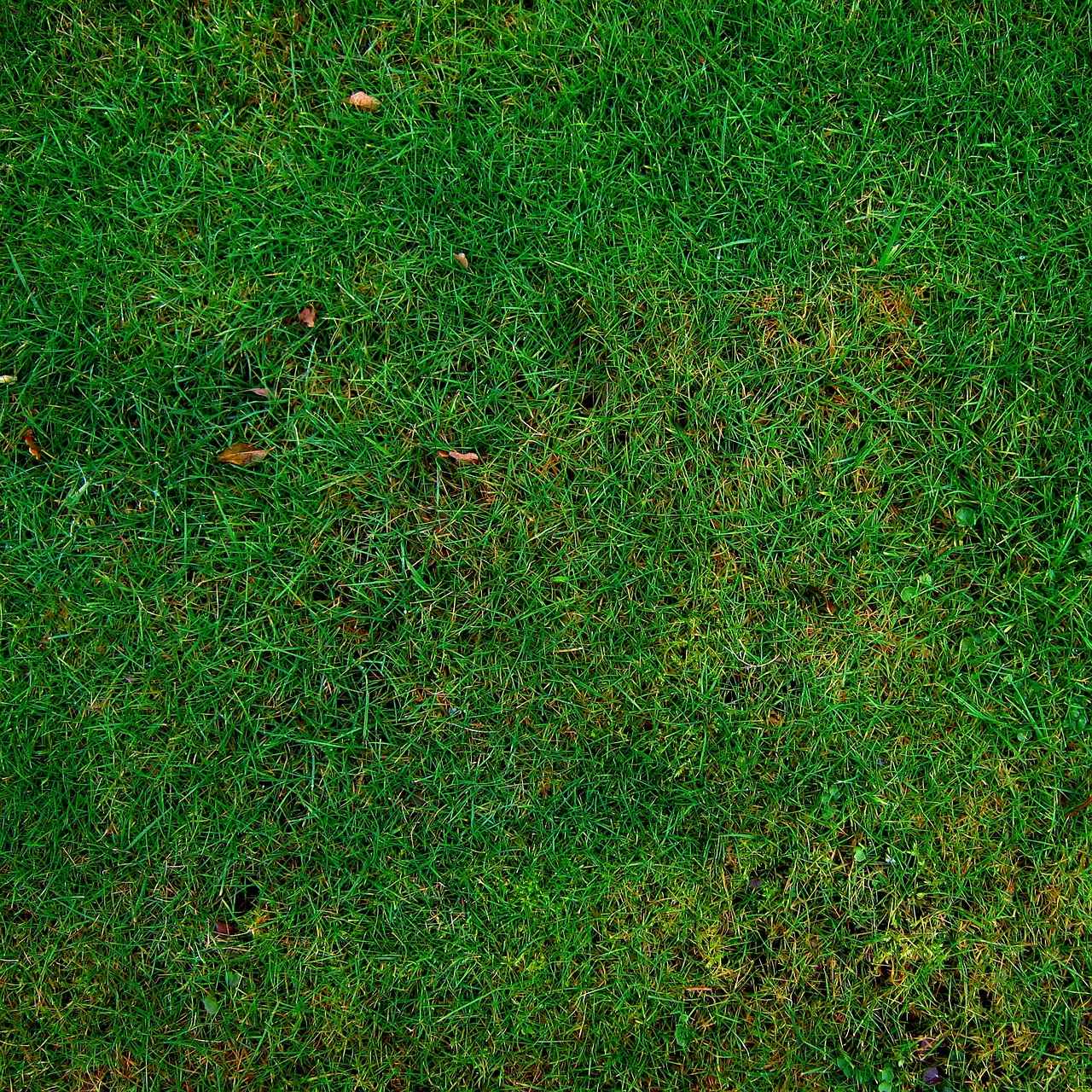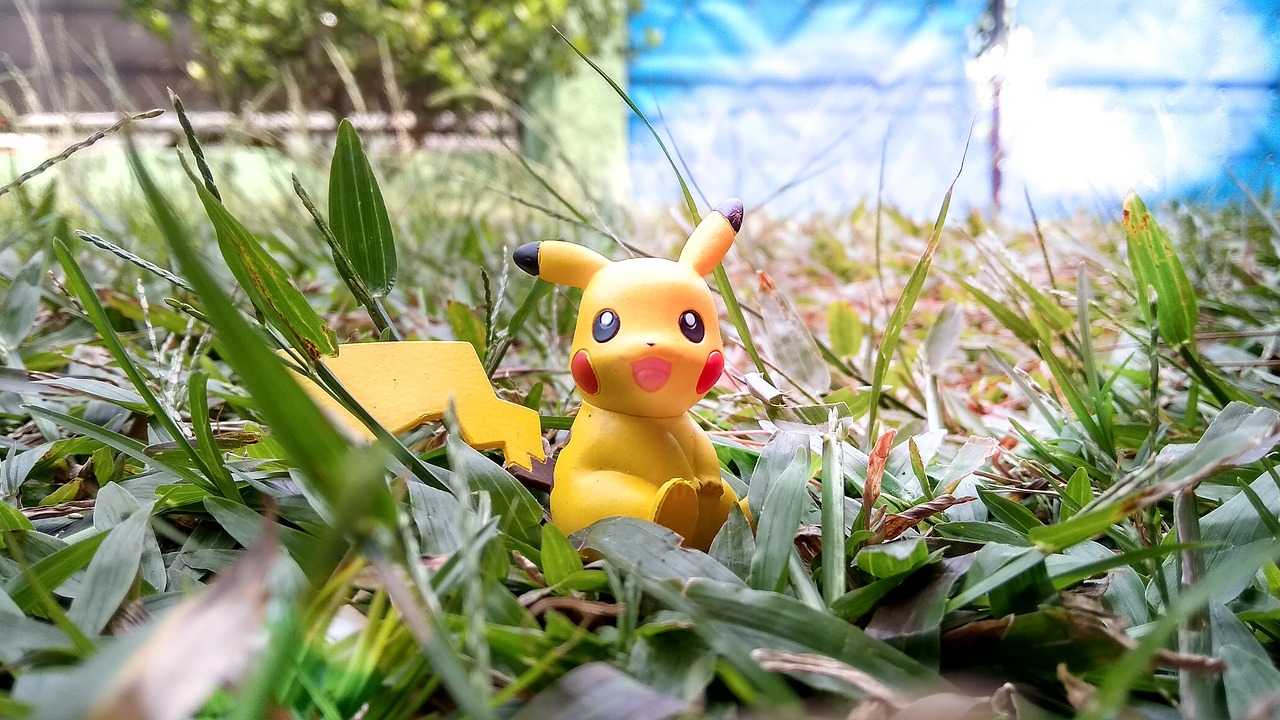Chespin, a charming Grass-type Pokémon introduced in Generation VI, is celebrated for its unique features and tactical versatility in battles. This article explores Chespin’s distinctive traits, its evolution stages, optimal moveset, and effective battle strategies to help trainers maximize its potential in Pokémon battles.
Understanding Chespin: Overview and Characteristics
Chespin is known for its adorable appearance, resembling a small, spiky creature. It possesses the ability Overgrow, which enhances its Grass-type moves when its health is low. Chespin’s defensive capabilities make it a valuable addition to any team, particularly in battles where endurance is key.
Chespin Evolution: From Chespin to Chesnaught
Chespin evolves into Quilladin at level 16 and subsequently into Chesnaught at level 36. Each evolution enhances its stats and abilities, making it increasingly formidable in battles.
- Chespin to Quilladin: This evolution emphasizes defensive strength, allowing Chespin to absorb damage while dealing with opponents effectively.
- Quilladin to Chesnaught: Gaining the dual-type classification of Grass/Fighting, Chesnaught significantly boosts its offensive capabilities and offers a wider range of moves.
Chespin’s Best Moveset: Strategies for Success
To optimize Chespin’s performance, trainers should consider moves like Seed Bomb, Body Slam, and Drain Punch. These moves not only deal substantial damage but also allow for recovery and sustainability in longer battles.
Optimal Battle Strategies for Chespin
Utilizing Chespin effectively requires strategic planning. Here are some key strategies:
- Defensive Strategies: Leverage Chespin’s high defense to act as a wall, absorbing hits while providing support to teammates.
- Offensive Strategies: Utilize its Grass/Fighting type to exploit weaknesses in opponents, maximizing damage output with powerful moves.
In conclusion, Chespin is not just a cute Pokémon; it is a strategic asset in battles. By understanding its evolution stages, moveset, and battle strategies, trainers can unlock its full potential and achieve victory in the Pokémon arena.

Understanding Chespin: Overview and Characteristics
Chespin is a charming Grass-type Pokémon that made its debut in Generation VI. This Pokémon is well-loved for its adorable design and unique abilities that make it stand out in the Pokémon universe. With its round body and spiky head, Chespin captures the hearts of trainers and fans alike. It is not just about looks; Chespin possesses several traits that contribute to its significance in battles and its role in various strategies.
Chespin has a playful personality and is known for its curiosity and eagerness to explore its surroundings. This Pokémon is often seen using its quills for defense, showcasing its ability to protect itself while also engaging with its environment. Chespin’s primary ability, Overgrow, enhances its Grass-type moves when its health is low, making it a formidable opponent in critical situations.
In terms of competitive play, Chespin’s base stats reflect a balance between offense and defense, allowing it to take hits while delivering damage. Its evolution into Quilladin at level 16 further enhances its defensive capabilities, making it a valuable asset in battles. Understanding Chespin’s strengths and weaknesses is essential for trainers looking to maximize its potential.
Moreover, Chespin’s significance extends beyond battles; it represents themes of growth and resilience, embodying the journey of trainers as they nurture and evolve their Pokémon. This connection to personal growth resonates with many fans, adding to Chespin’s popularity.
In summary, Chespin is more than just a cute Pokémon; it is a character rich in traits and abilities that contribute to its importance in the Pokémon ecosystem. Whether you are a new trainer or a seasoned veteran, understanding Chespin’s characteristics can enhance your gameplay experience.

Chespin Evolution: From Chespin to Chesnaught
Chespin is a beloved Grass-type Pokémon that evolves through two distinct stages, culminating in its final form, Chesnaught. Understanding the evolution process is essential for trainers looking to maximize their potential in battles. This section will explore the details of Chespin’s evolution, including the necessary level requirements and the unique characteristics that each stage brings.
Chespin, known for its charming and spiky appearance, begins its evolutionary journey as a single-stage Pokémon. At level 16, Chespin evolves into Quilladin. This evolution marks a significant shift in its attributes, enhancing its defensive capabilities while retaining its Grass-type characteristics. Quilladin is larger and more robust, making it a formidable opponent in battles.
Once Quilladin reaches level 36, it evolves into its final form, Chesnaught. This transformation introduces a dual-type classification of Grass/Fighting, which not only broadens its move pool but also enhances its effectiveness in combat. Chesnaught is known for its impressive physical defense and access to a variety of powerful moves, making it a versatile choice for trainers.
| Evolution Stage | Level Requirement | Type | Characteristics |
|---|---|---|---|
| Chespin | Starting | Grass | Adorable and spiky |
| Quilladin | 16 | Grass | Defensive and robust |
| Chesnaught | 36 | Grass/Fighting | Strong and versatile |
Each evolution introduces new moves and abilities that are crucial for optimizing Chespin’s performance in battles. By understanding these changes, trainers can better prepare for competitive challenges and enhance their overall strategy.
In conclusion, the evolution of Chespin into Quilladin and subsequently into Chesnaught offers trainers a unique opportunity to develop their Pokémon’s strengths. By focusing on leveling up at the right times and utilizing the abilities of each stage, players can ensure their success in the Pokémon arena.
Chespin to Quilladin: Evolution Details
Chespin, the adorable Grass-type Pokémon introduced in Generation VI, embarks on an exciting evolutionary journey that enhances its abilities and battle potential. One of the most significant transformations occurs when Chespin evolves into Quilladin at level 16. This evolution not only signifies a new stage in its growth but also brings notable enhancements to its defensive capabilities.
Upon evolving into Quilladin, Chespin gains a more robust physique, which allows it to withstand attacks more effectively. This evolution maintains its Grass-type attributes, ensuring that Quilladin retains its original characteristics while becoming a more formidable opponent in battles. The evolution process is a key aspect of a Pokémon’s development, as it often leads to improved stats and access to new moves that can be strategically utilized in various situations.
Quilladin’s increased defense makes it an excellent choice for players looking to build a strong defensive strategy. With its ability to absorb damage, Quilladin can act as a reliable wall in battles, allowing teammates to execute offensive strategies without the constant threat of being knocked out. Additionally, Quilladin can learn new moves that complement its defensive nature, such as Spiky Shield, which not only protects it from attacks but also damages opponents that come into contact with it.
As players continue to train Quilladin, it will eventually evolve into Chesnaught at level 36, gaining a dual-type classification of Grass/Fighting. This final evolution not only enhances its battle prowess but also introduces a new set of tactical options, making it a versatile Pokémon in any team composition.
In summary, the evolution from Chespin to Quilladin marks a significant milestone in a Pokémon’s journey, enhancing its defensive capabilities while retaining its Grass-type essence. Trainers should embrace this evolution to maximize their potential in battles.
Quilladin to Chesnaught: Final Evolution
As Quilladin reaches level 36, it undergoes a remarkable transformation into Chesnaught. This evolution not only enhances its visual appeal but also significantly alters its battle capabilities. With its new Grass/Fighting dual-type classification, Chesnaught becomes a formidable opponent in Pokémon battles.
Chesnaught’s evolution introduces a variety of new moves and abilities, making it a versatile addition to any team. The dual-type nature allows it to exploit weaknesses in a broader range of opponents, offering strategic advantages during battles. For instance, its Fighting-type moves can effectively counter Steel, Rock, and Dark types, while its Grass-type moves are effective against Water, Ground, and Rock types.
Additionally, Chesnaught boasts impressive defensive stats, which are further enhanced by its ability, Bulletproof. This ability grants it immunity to certain projectile moves, allowing it to act as a reliable tank on the battlefield. Trainers can capitalize on this by utilizing a moveset that balances both offensive and defensive capabilities.
| Move | Type | Power | Effect |
|---|---|---|---|
| Wood Hammer | Grass | 120 | High damage, but user takes recoil damage. |
| Drain Punch | Fighting | 75 | Restores HP equal to half the damage dealt. |
| Spiky Shield | Grass | N/A | Protects against attacks and damages attackers. |
In conclusion, evolving Quilladin into Chesnaught at level 36 not only enhances its physical appearance but also significantly boosts its battle prowess. With a well-rounded moveset and strategic capabilities, Chesnaught stands out as a valuable asset in any trainer’s roster.
Evolutionary Moves and Abilities
Chespin Pokémon: Evolution, Best Moveset, and Battle StrategiesChespin, a beloved Grass-type Pokémon from Generation VI, is not just cute but also possesses unique abilities that evolve as it transforms into its final form, Chesnaught. Understanding the intricacies of its evolutionary stages is essential for trainers aiming to maximize its potential in battles.
Each evolutionary stage of Chespin brings forth new moves and abilities that can significantly impact its performance in battles. As Chespin evolves into Quilladin at level 16, it gains access to a variety of defensive moves that enhance its survivability. This transformation is crucial as it allows Chespin to withstand more powerful attacks while maintaining its Grass-type characteristics.
Upon reaching its final form, Chesnaught, at level 36, Chespin’s capabilities expand even further. This evolution introduces a dual-type classification of Grass/Fighting, which not only diversifies its move set but also enhances its offensive and defensive strategies. With new moves like Wood Hammer and Drain Punch, Chesnaught can deal substantial damage while also recovering health, making it a formidable opponent in battles.
Understanding these evolutionary changes is crucial for trainers. By aligning Chespin’s moveset with its evolving abilities, players can create effective battle strategies that leverage its strengths. For instance, focusing on defensive moves early in battles can help Chespin outlast opponents, while later stages can shift towards more aggressive tactics to capitalize on its enhanced attack power.
In conclusion, the evolution of Chespin into Quilladin and ultimately Chesnaught not only transforms its appearance but also its battle capabilities. Trainers who grasp these changes can optimize Chespin’s performance and gain a competitive edge in Pokémon battles.
Chespin’s Best Moveset: Strategies for Success
Selecting the right moveset is crucial for maximizing Chespin’s effectiveness in battles. A well-structured moveset can enhance its performance in various scenarios, allowing it to shine against different opponents. Below, we explore the best moves to equip Chespin with, tailored for diverse battle situations.
| Move | Type | Power | Accuracy | Effect |
|---|---|---|---|---|
| Seed Bomb | Grass | 80 | 100% | High damage with no additional effects. |
| Body Slam | Normal | 85 | 100% | 30% chance to paralyze the target. |
| Leech Seed | Grass | N/A | 90% | Drains HP from the target each turn. |
| Spikes | Ground | N/A | N/A | Sets up entry hazards to damage opponents. |
Chespin excels in defensive strategies, making moves like Leech Seed and Spikes particularly effective. These moves not only help in wearing down opponents but also provide sustainability during prolonged battles. In addition, Seed Bomb serves as a reliable offensive option, delivering significant damage while maintaining a strong STAB (Same Type Attack Bonus) advantage.
For players who prefer a more aggressive playstyle, incorporating Body Slam can enhance Chespin’s ability to inflict damage while also providing a chance to paralyze opponents, potentially turning the tide of battle. This combination of moves allows Chespin to function both as a defensive wall and an offensive threat, making it a versatile choice in team compositions.
In conclusion, a thoughtful selection of moves tailored to your battle strategy can greatly enhance Chespin’s effectiveness. By focusing on a balanced approach that leverages its strengths, trainers can maximize its potential and achieve success in Pokémon battles.

Optimal Battle Strategies for Chespin
To truly harness the potential of Chespin in battles, a well-thought-out approach is essential. This section aims to provide a comprehensive overview of effective tactics and team compositions that can significantly enhance Chespin’s performance on the battlefield.
Understanding Chespin’s Role
Chespin, being a Grass-type Pokémon, excels in defensive strategies due to its robust physical defense. This makes it a valuable asset in any team, especially when paired with Pokémon that can cover its weaknesses. Understanding Chespin’s strengths and weaknesses is crucial for developing effective battle strategies.
- Team Composition: When integrating Chespin into your team, consider pairing it with Pokémon that can counter its vulnerabilities, such as Fire and Flying-types. Pokémon like Gardevoir or Steelix can provide excellent support.
- Defensive Tactics: Utilize Chespin’s high defense to absorb hits. Moves like Leech Seed can help sustain its health while wearing down opponents. Incorporating Protect can also allow Chespin to scout enemy moves and recover health.
- Offensive Capabilities: While Chespin is primarily a defensive Pokémon, it can deal decent damage with moves like Wood Hammer and Seed Bomb. Combining these moves with items like Life Orb can enhance its offensive output.
Utilizing Status Effects
Incorporating status-inducing moves can turn the tide of battle. Moves such as Spikes or Toxic can disrupt opponents and create openings for Chespin to capitalize on. This strategy can be particularly effective in longer battles where endurance plays a key role.
Conclusion
By employing these strategies, trainers can maximize Chespin’s effectiveness in battles. Understanding its role within a team, leveraging its defensive strengths, and utilizing its offensive capabilities are all critical components to ensure success in Pokémon battles.
Defensive Strategies: Leveraging Chespin’s Strengths
Chespin, the adorable Grass-type Pokémon, is not just a cute face; it boasts impressive defensive capabilities that make it a formidable wall in battles. In this section, we will explore how to effectively utilize Chespin’s high defense to outlast opponents and protect your team.
Chespin’s defensive stats are among the highest for its tier, allowing it to absorb damage from various attacks. To maximize its defensive potential, it is essential to understand its moves and abilities:
- Ability: Bulletproof – This ability grants immunity to certain projectile moves, providing Chespin with additional protection during battles.
- Moveset: Incorporating moves like Leech Seed and Protect can help sustain Chespin’s health while wearing down opponents.
- Item Choice: Equipping items such as Leftovers can further enhance Chespin’s survivability by restoring health each turn.
When facing opponents, positioning Chespin strategically on the battlefield is crucial. Use it to absorb hits from physical attackers while your other Pokémon deal damage. Additionally, pairing Chespin with Pokémon that can cover its weaknesses, particularly against Flying and Bug types, will create a balanced team dynamic.
Moreover, utilizing status moves can disrupt your opponent’s strategy. Moves like Stun Spore or Toxic can incapacitate aggressive foes, giving Chespin and its teammates the upper hand.
In conclusion, Chespin’s high defense is a valuable asset in battles. By leveraging its strengths through strategic moves, item choices, and team synergy, trainers can turn Chespin into an unyielding wall that withstands the fiercest of attacks, ensuring victory in challenging Pokémon encounters.
Offensive Strategies: Maximizing Damage Output
Chespin, while primarily known for its solid defensive capabilities, also possesses a commendable offensive potential that trainers can exploit. To fully harness Chespin’s attack power, it’s essential to implement various strategies that complement its unique attributes. Here are some effective approaches:
- Utilize STAB Moves: Chespin benefits from Same Type Attack Bonus (STAB) when using Grass-type moves. Moves like Seed Bomb and Wood Hammer can deal substantial damage, especially when boosted by STAB.
- Incorporate Status Moves: Moves such as Leech Seed can not only chip away at the opponent’s health but also provide Chespin with recovery, enabling it to stay in the fight longer while dealing damage over time.
- Take Advantage of Coverage Moves: While Grass-type moves are Chespin’s primary source of damage, incorporating moves like Rock Slide or Body Slam can help cover weaknesses against common threats, allowing Chespin to hit harder against various Pokémon.
- Focus on Item Synergy: Equipping Chespin with items like Choice Band can significantly boost its physical attack power, making its moves even more threatening in battle. Alternatively, a Sitrus Berry can enhance its survivability, allowing for more opportunities to attack.
- Team Composition: Pairing Chespin with Pokémon that can cover its weaknesses will enable it to remain on the field longer. For instance, having a Fire-type Pokémon as a partner can help mitigate Chespin’s vulnerability to Flying-type moves, giving it the chance to unleash powerful attacks.
By employing these offensive strategies, trainers can maximize Chespin’s damage output, making it a formidable opponent in battles. Understanding its strengths and weaknesses, along with the right moves and items, will ensure that Chespin can shine not only as a defensive powerhouse but also as a capable attacker.
